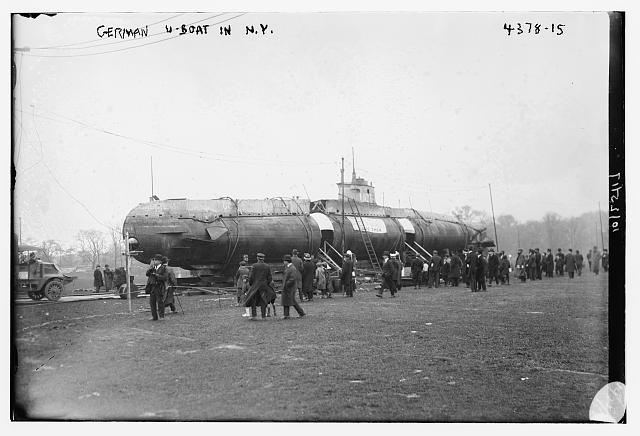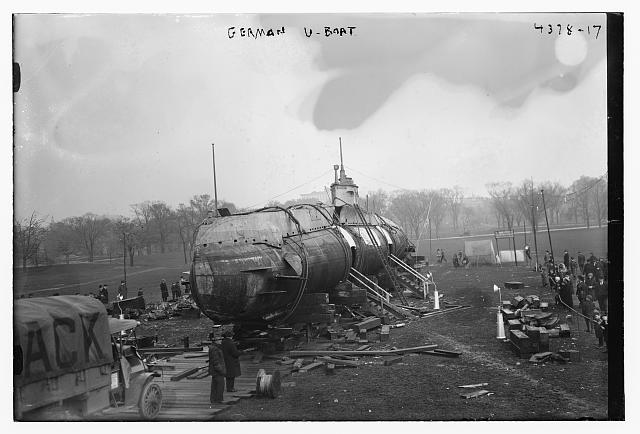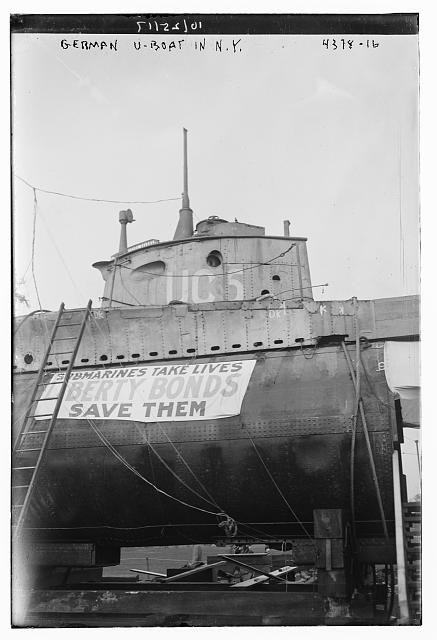Vintage 1970s Photos Show Lost Sites of NYC's Lower East Side
A quest to find his grandmother's birthplace led Richard Marc Sakols on a mission to capture his changing neighborhood on film.



German U-Boat in Central Park. Image via Library of Congress
In the Spring of 1915, a German U-Boat (U C-5) was captured off of the east coast of England. It was then placed on exhibition on the Thames in London. In October 1917, the submarine was transported in sections to the United States, where it ended up in Central Park. The sections were transferred from “freight ship to lighters which were brought to a pier at 131st Street. Here, a powerful wrecking crane transferred these sections to heavy horse-drawn trucks. It took forty-two big draught horses to haul the heaviest section from the pier to the park.” According to The New York Times, the submarine was transferred to “the sheep pasture” (now Sheep Meadow) in Central Park via a parade that passed through Manhattan Street to 125th Street, to Seventh Avenue, to 110th Street, to Central Park Wast, to the Sixty-sixth Street entrance to Central Park.”

Image via Library of Congress
After the submarine was moved to Central Park, it was rechristened from “U C-5” to “U-Buy-a-Bond” and was converted into a Liberty bond booth. Exclusive admission was granted to those who were “able to show evidence of being a Liberty Loan bondholder. Those lacking the necessary qualification” had the ability to “subscribe to a bond” on the site “and immediately gain admission to the exhibit.” A study was conducted of the submarine once it was re-erected, which proved that the Germans had stolen “Yankee ingenuity” to develop the U Boat.

Image via Library of Congress
It appears from another New York Times article that a British tank which saw heavy action in France was exhibited alongside the submarine. It is unknown what happened to these “first of the land battleships to be seen in this country.”
Read about the loaded Revolutionary War cannon that was discovered in Central Park in our guide to the Top 10 Secrets of Central Park.
Subscribe to our newsletter